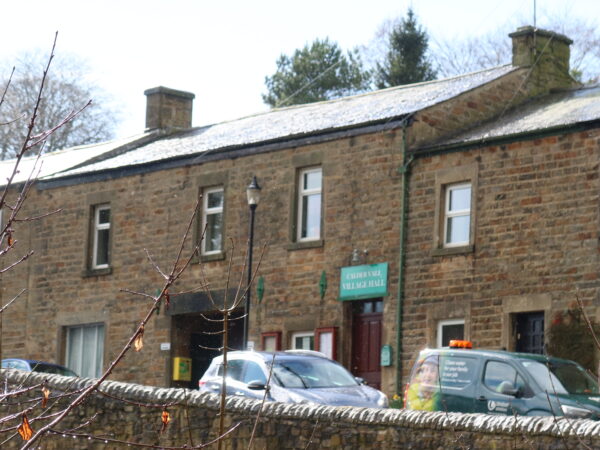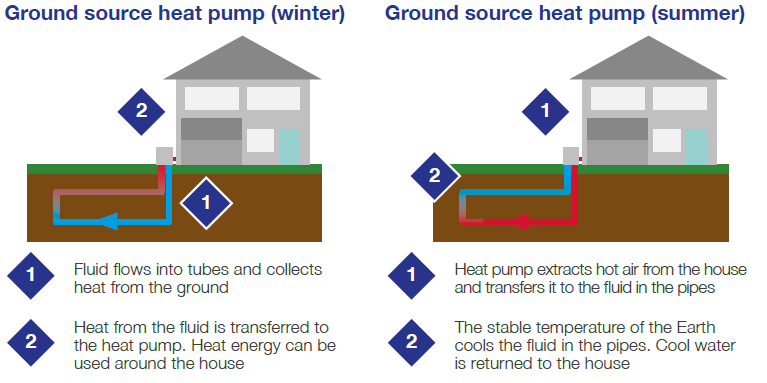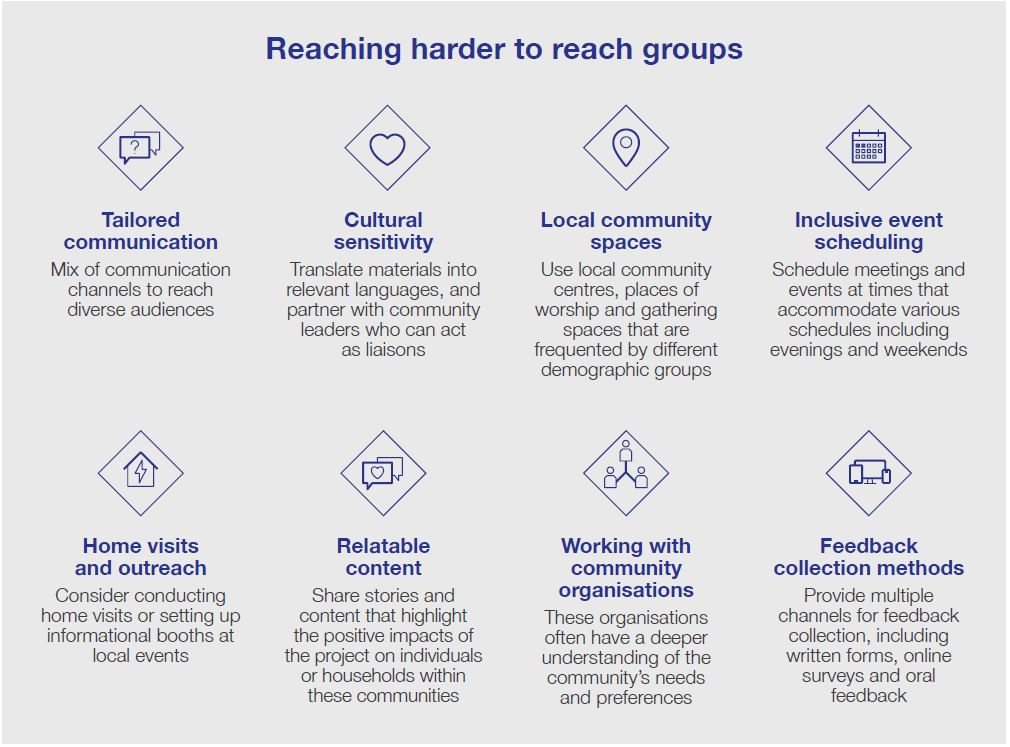In a new National Grid guide, produced with the help of Regen, the tough challenge of starting a community heat project is tackled. Robbie Evans delves into the contents of the guide and its importance.

Whether you are starting from scratch or looking to expand your community energy work, National Grid’s new community heat guide will help you navigate the landscape of community-owned low carbon heating and provide practical information needed to deliver new heat initiatives.
The heat is on: the heat challenge
Decarbonising heat remains one of the biggest barriers to reaching net zero in the UK. Heating currently makes up around one third of the UK’s total carbon emissions, and progress on decarbonising heating in residential buildings has been limited to date.
It is becoming increasingly important to help people shift from oil and gas boilers to low carbon forms of heating like heat pumps, whilst ensuring that the journey for customers and homeowners is smooth, accessible and affordable.
Renewable heat is a challenging area for the energy industry. There is a lack of trained tradespeople, high technology costs, an underdeveloped supply chain and significant customer uncertainty. Heat decarbonisation is also an inherently invasive process for households and often requires significant structural changes – often at the cost of the homeowner. As a result of these complexities, the UK is behind in its heat decarbonisation goals, with only 59,900 heat pumps installed in 2022 compared to an ambition of 600,000 units installed per year in 2028.
Community groups can play a crucial role in supporting the acceleration of decarbonised heat across the UK. Harnessing the collective power of communities can enable the deployment of renewable heat solutions by aligning educational and financial support with local values and priorities, helping to ease the customer journey.
Until now, it’s been challenging for community energy organisations to set up and operate heat projects. According to Community Energy England’s 2022 “State of the Sector” report, only 28 out of 495 community energy organisations across England were actively involved in renewable heat projects. This is partly because of the existing barriers to renewable heat, but we believe it is also a result of a lack of a understanding within organisations or individuals that are new to heat decarbonisation. This guide is intended to provide a helping hand to those who are at the early stages of developing a heat initiative, or just want to find out more about the complex topic of community heat.
Hot in here: what’s in the guide?
The community heat guide has four main sections, all of which advise readers on different options for renewable heating as a source of ideas for new projects. The guide recognises that there are different solutions for different people, organisations and geographies. It is not prescriptive, which allows for nuance around financial and delivery models, and different technologies to suit different community needs.
Community Heat Basics
The ‘Community heat basics’ chapter outlines the different types of low carbon heating technology, as well as the typical forms that community heat projects might take.
It touches upon the need for retrofit of building fabric, but does not cover this area in great detail since there is already comprehensive guidance on this subject (see the Centre for Sustainable Energy’s Community Retrofit guide).
Figure 1 An example of one of the heat technology diagrams in the guide
Getting started and further steps
The ‘Getting started’ chapter explores the key first steps that a community energy organisation should take when starting a heat decarbonisation project:
- Talking to the local community and understanding their preferences and opinions about renewable heat.
- Reaching out to harder-to-reach groups and properly engaging the wider community to understand their concerns.
- Understanding the physical make-up of homes and buildings that exist in the community and how to practically work with them.
After this initial phase of engagement and research, the project moves into a much more technical phase where decisions need to be made about feasibility studies, business models and funding requirements. The guide outlines each of these topics and offers advice and support about how to address each technical challenge.
Figure 2 How to engage with groups outside of traditional community energy circles
Additional resources
The community heat guide also contains several case studies about community groups who have put their own spin on the community heat challenge.
These case studies are included to inspire and educate other community energy organisations starting their own heat project by communicating the experience of others who have gone through their own heat decarbonisation journey. The guide also signposts a range of other useful resources, from guides and videos to important reports.
The future of community heat
Heat is a challenging prospect for community organisations and will continue to confound communities, even as the wider renewable heat market matures. Whilst it is an inherently local and personal challenge, there are pioneering and vital organisations leading the way, paving a route for more communities to follow on their own tough journey to heat decarbonisation.
This guide spotlights those organisations, and provides a stepping stone for individuals and groups interested in pushing forward on the heat challenge and helping provide their local communities with a just transition from fossil fuel-based heating to a warm, well-insulated decarbonised future.
You can read the full guide here.
If you want to find out more about the guide, get in contact with either:
Rebecca Windemer, Planning and Communities Lead
Robbie Evans, Energy Analyst
Note: Credit for the cover photo of this blog page goes to Calder Vale Low Carbon Energy Scheme


